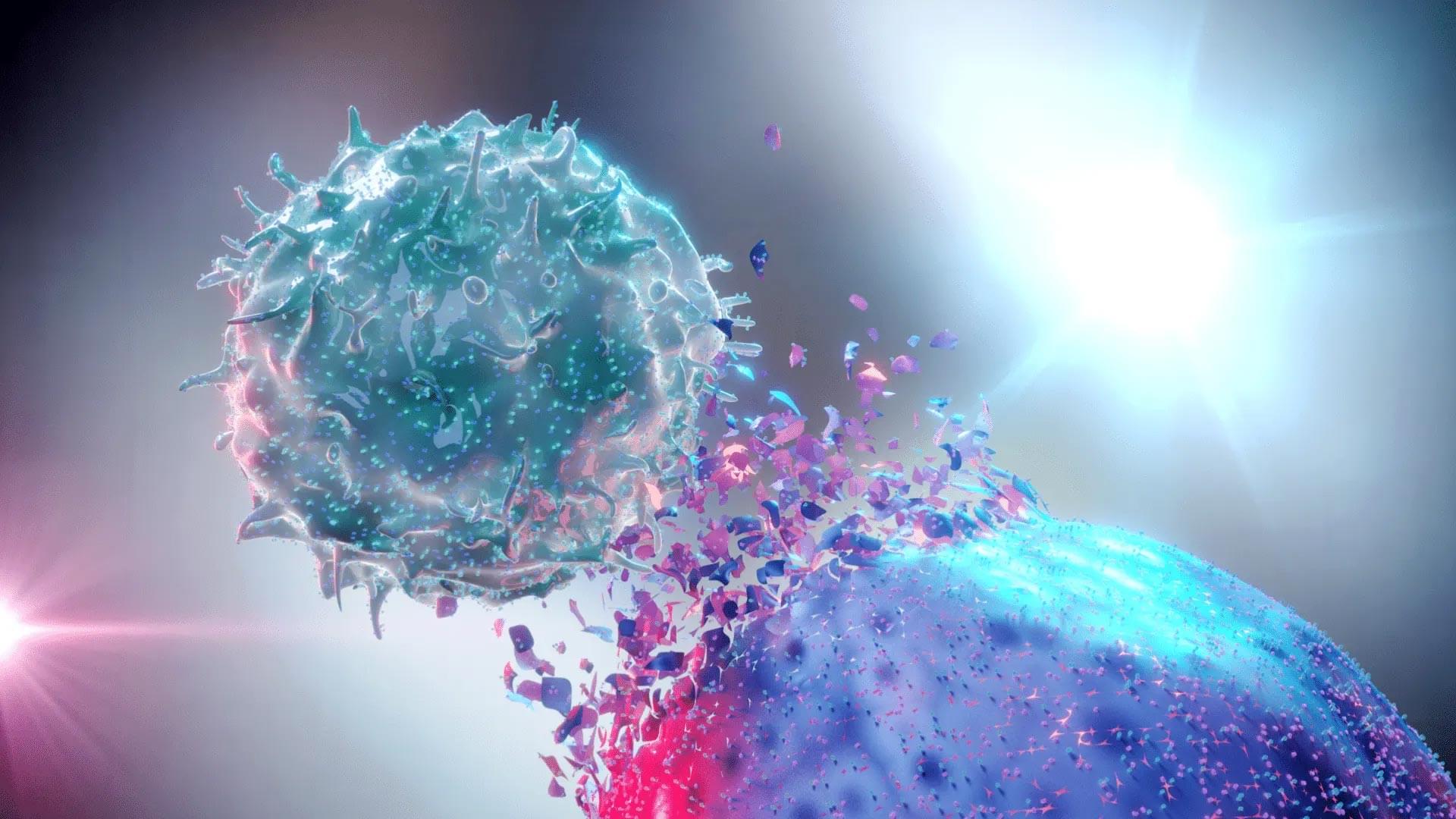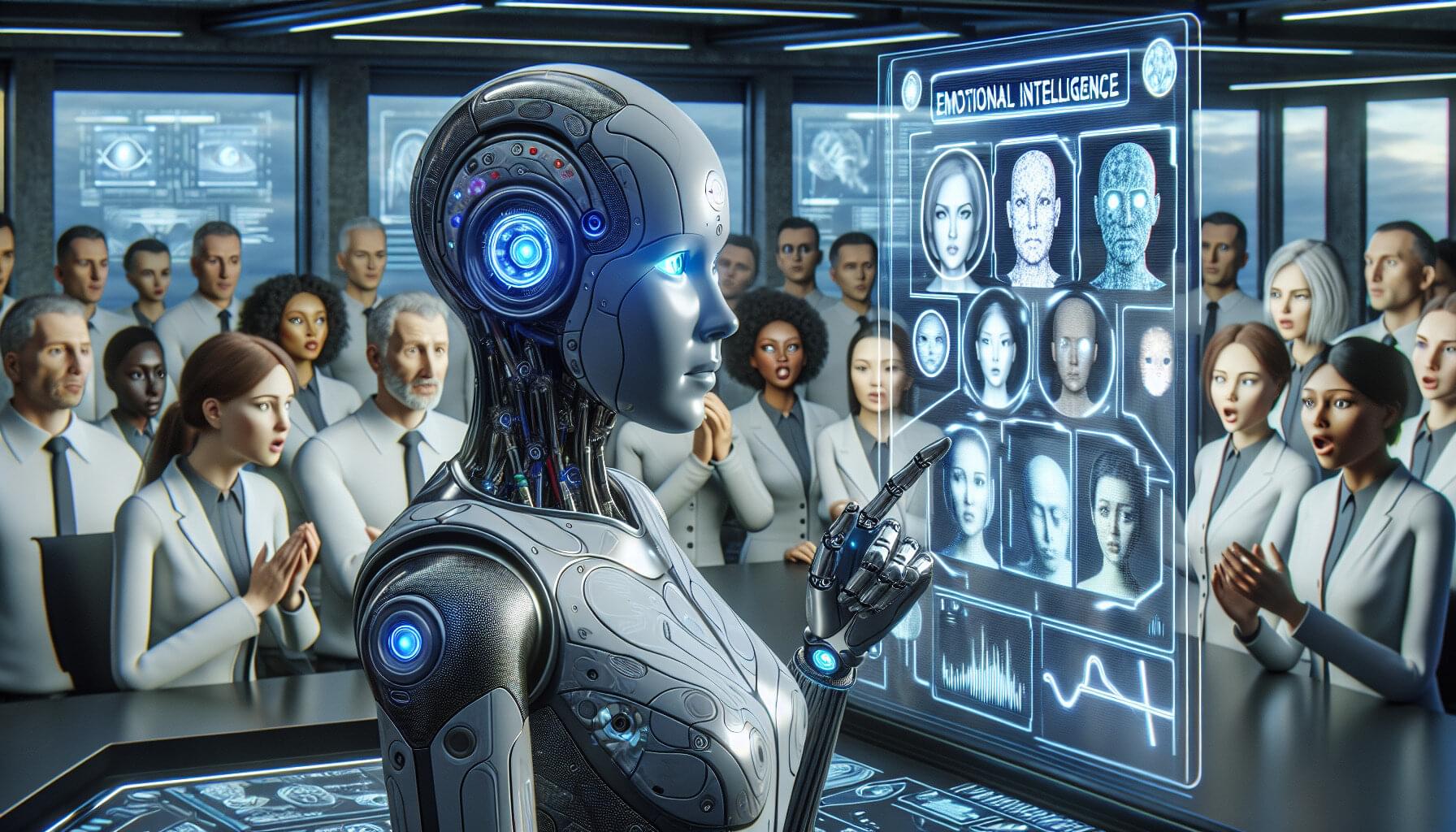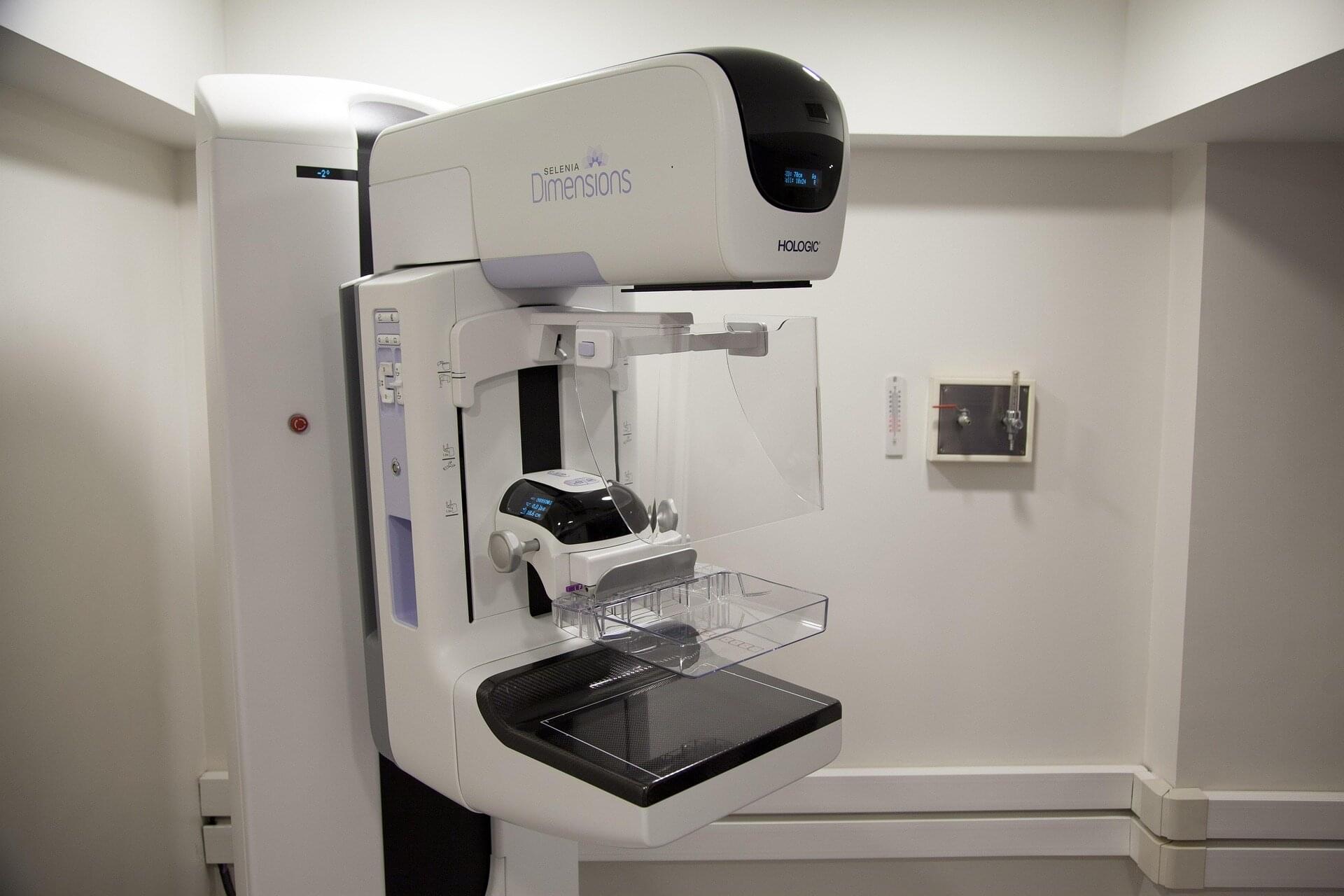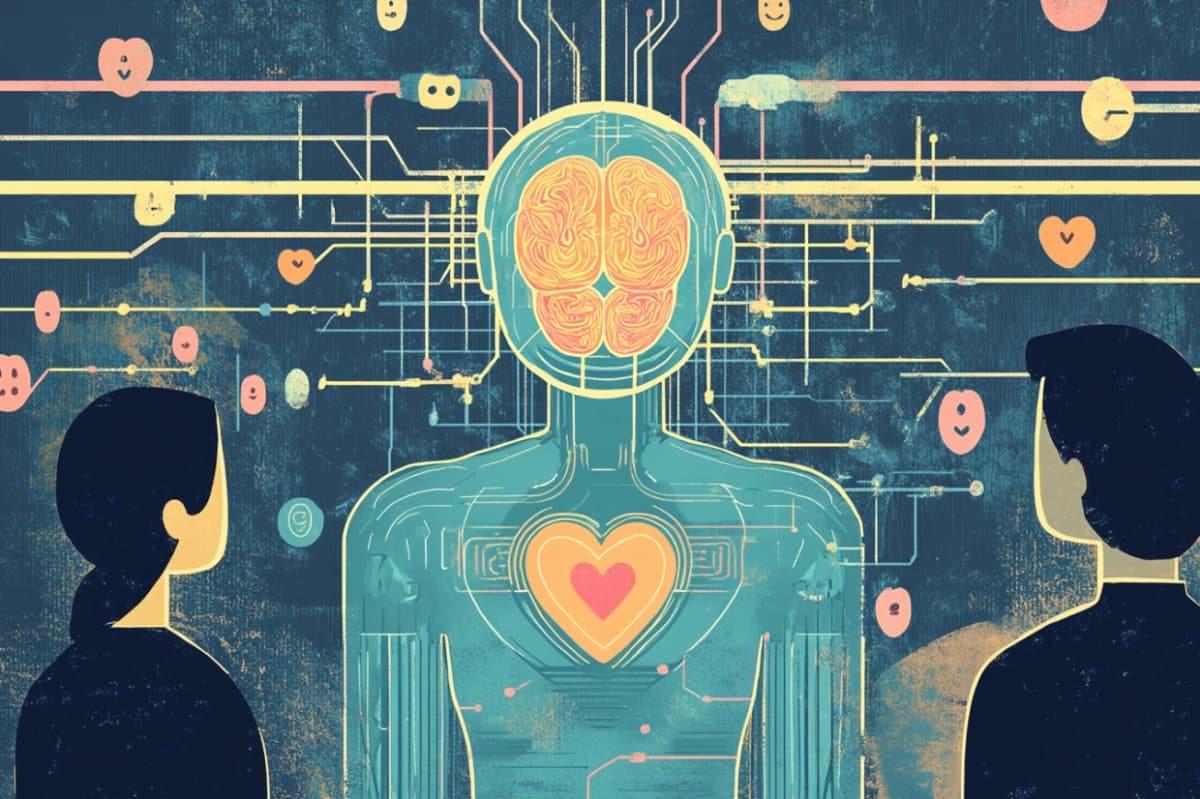Physicists test the holographic principle in a quest to merge gravity with quantum theory.






Imagine slipping on a pair of contact lenses and suddenly being able to see infrared light—without any bulky equipment or even a battery. That’s now a reality thanks to breakthrough lenses developed by scientists that convert invisible infrared into visible colors.
Mice tested with the lenses navigated away from infrared light, while humans could perceive flickering codes and light directions. The lenses even work better with eyes closed, thanks to superior penetration of infrared light.
Infrared Vision Through Contact Lenses

Is artificial intelligence (AI) capable of suggesting appropriate behavior in emotionally charged situations? A team from the University of Geneva (UNIGE) and the University of Bern (UniBE) put six generative AIs—including ChatGPT—to the test using emotional intelligence (EI) assessments typically designed for humans.
The outcome: these AIs outperformed average human performance and were even able to generate new tests in record time. These findings open up new possibilities for AI in education, coaching, and conflict management. The study is published in Communications Psychology.
Large language models (LLMs) are artificial intelligence (AI) systems capable of processing, interpreting and generating human language. The ChatGPT generative AI, for example, is based on this type of model. LLMs can answer questions and solve complex problems. But can they also suggest emotionally intelligent behavior?


In women with dense breasts (breasts with relatively low levels of fatty tissue) and a negative mammogram, supplemental imaging techniques detect early-stage cancers, with imaging techniques three times more effective than ultrasound, finds a Phase III randomized control trial published in The Lancet.
Women with extremely dense breasts, about 10% of those aged 50–70 years in the UK, face a fourfold increased risk of breast cancer compared to those with the least dense breasts.
Mammograms are less effective for detecting early-stage cancer in dense breasts, as the tissue can hide tumors on the breast X-rays. Previous studies have shown MRI and ultrasound are effective supplementary imaging methods, but this study is the first to compare them with contrast mammography in women with normal mammograms and dense breast tissue.


A team of scientists from the U.S. Department of Energy’s (DOE) Brookhaven National Laboratory and Stony Brook University (SBU) used artificial intelligence (AI) to help them understand how zinc-ion batteries work—and potentially how to make them more efficient for future energy storage needs.
Their study, published in the journal PRX Energy, focused on the water-based electrolyte that shuttles electrically charged zinc ions through the rechargeable battery during charging and use. The AI model tapped into how those charged ions interact with water under varying concentrations of zinc chloride (ZnCl2), a form of salt with high solubility in water.
The AI findings, validated by experiments at Brookhaven Lab’s National Synchrotron Light Source II (NSLS-II), show why high salt concentrations produce the best battery performance.